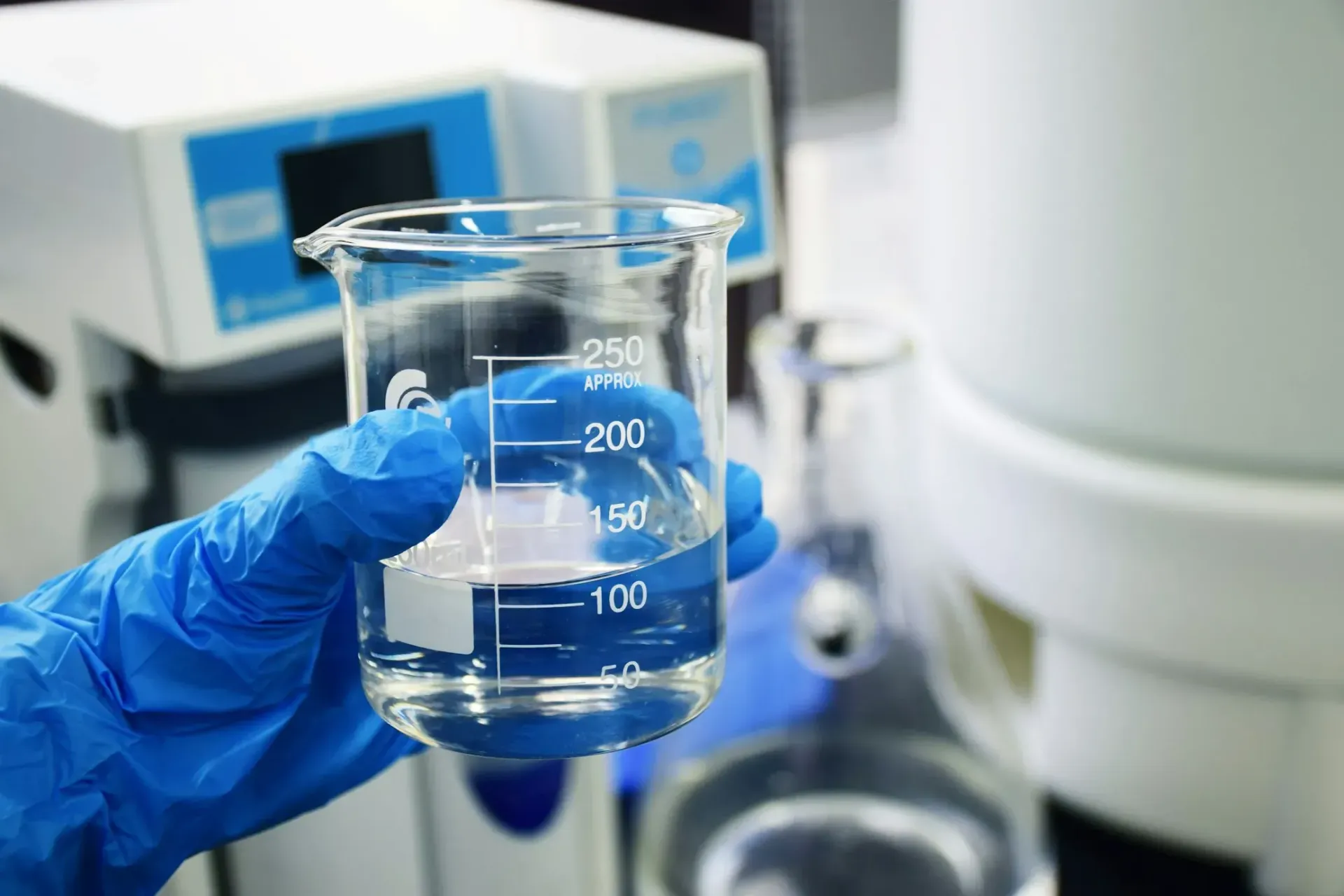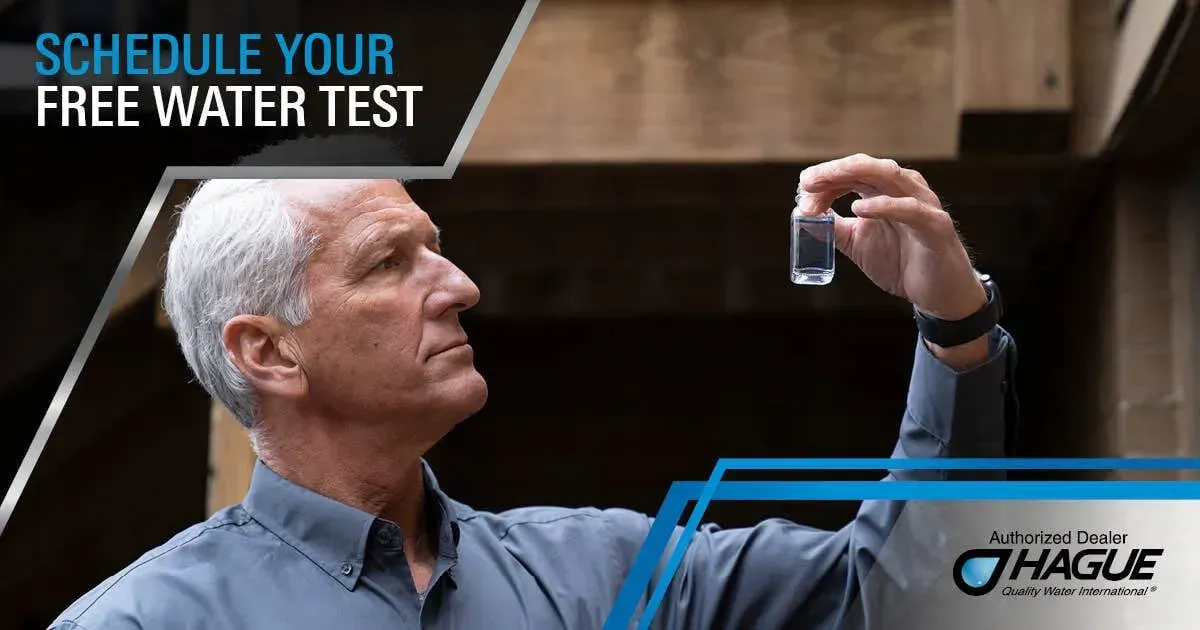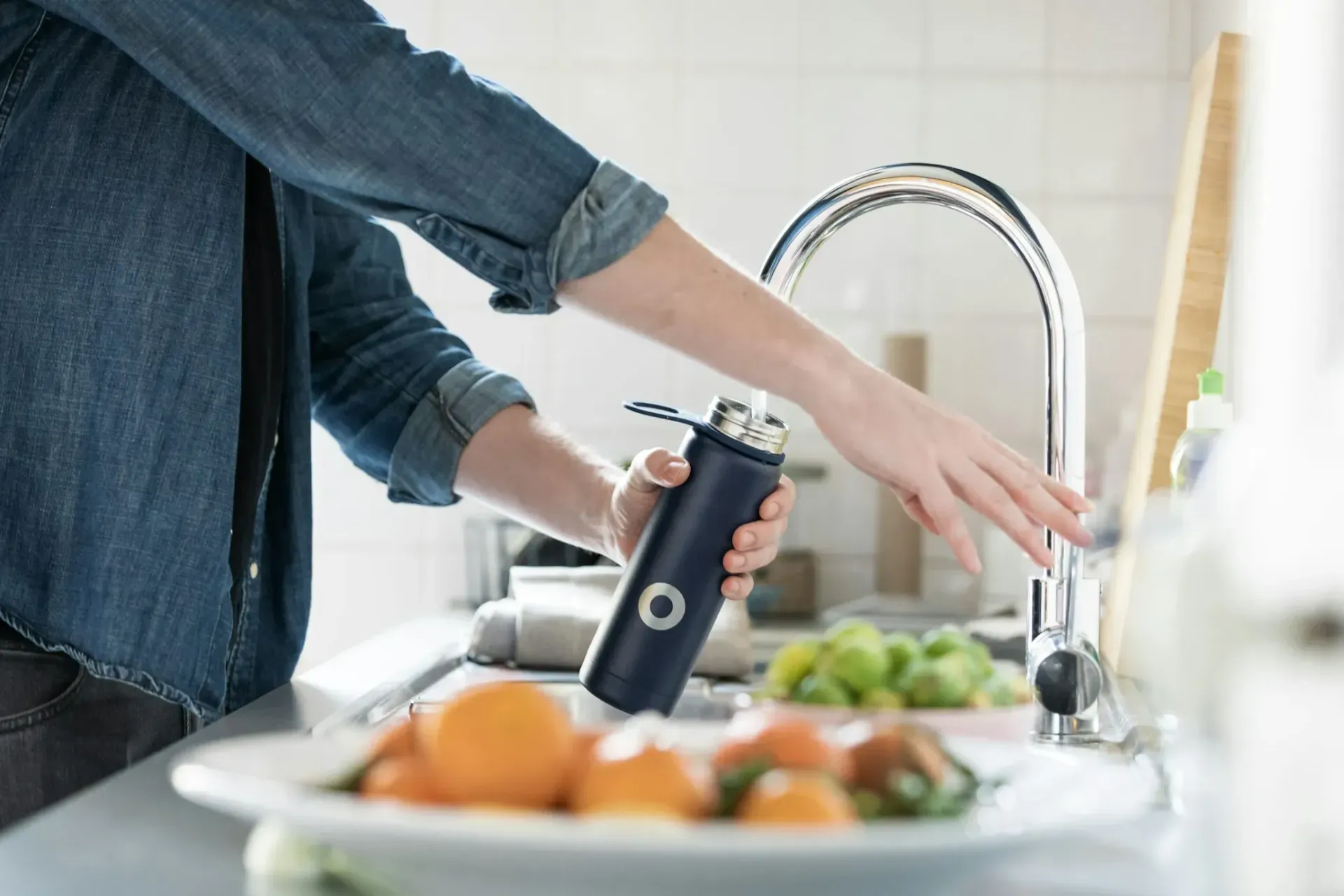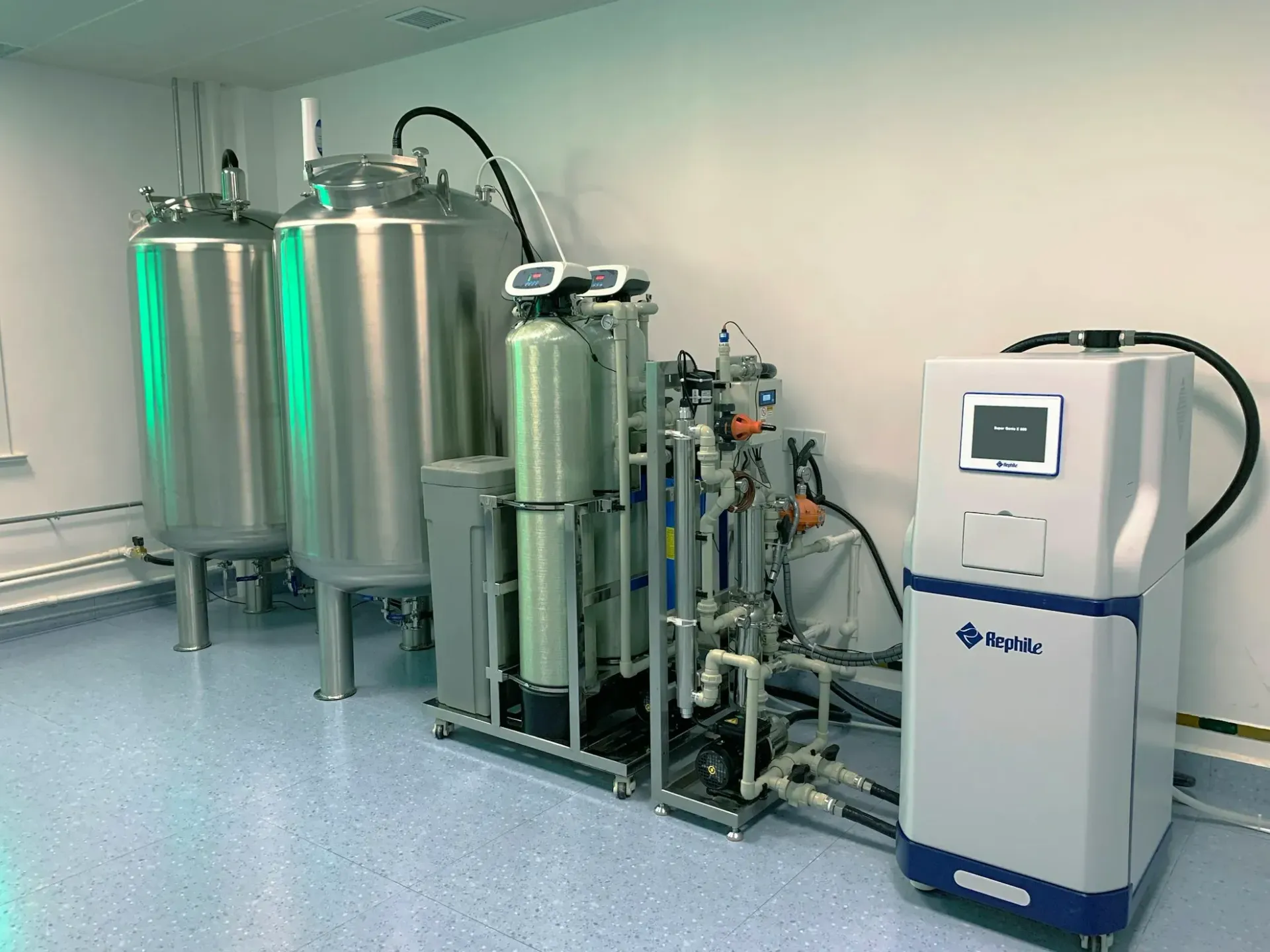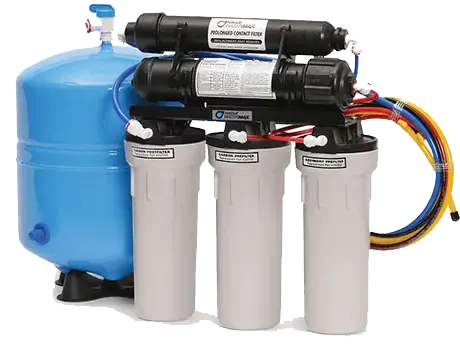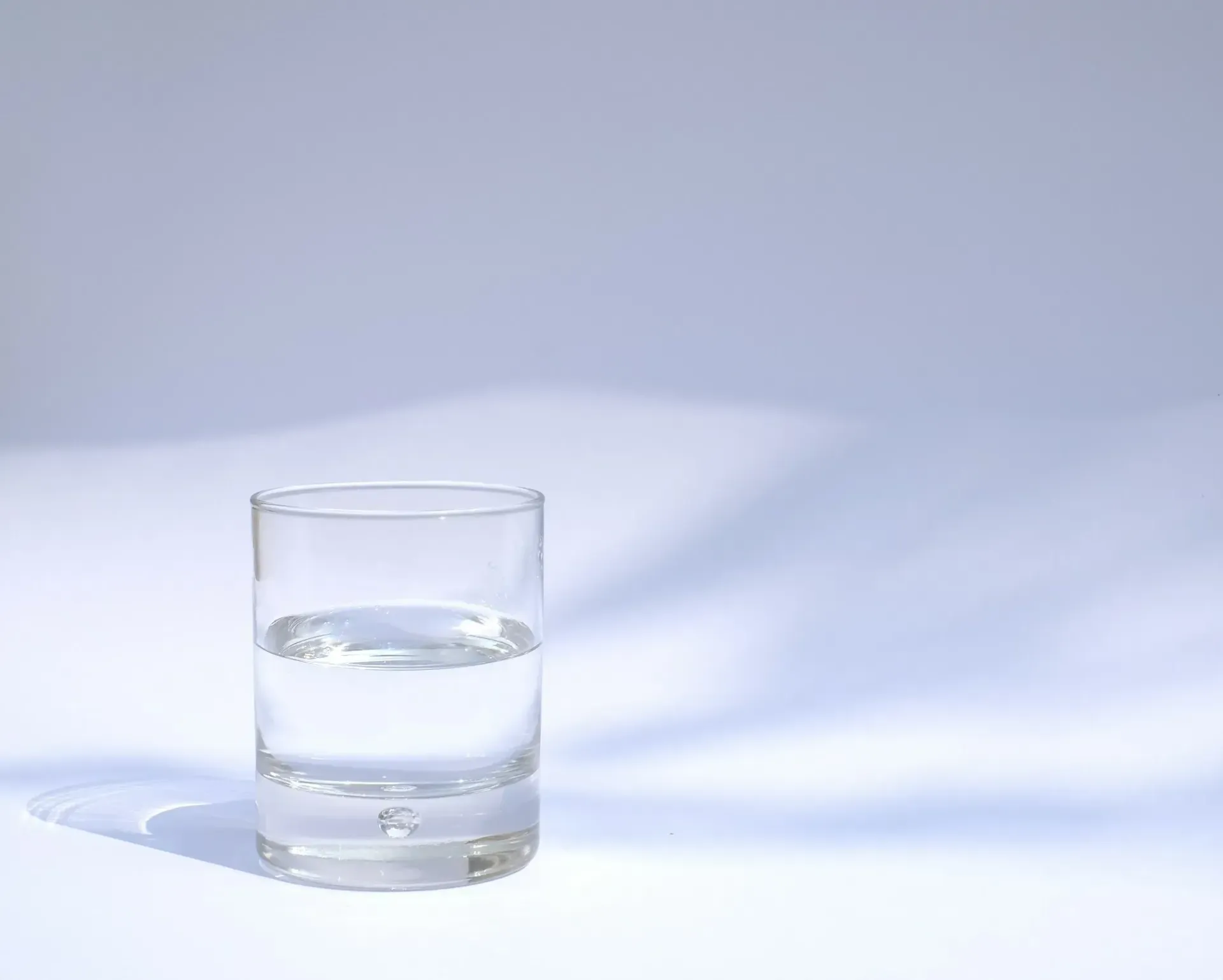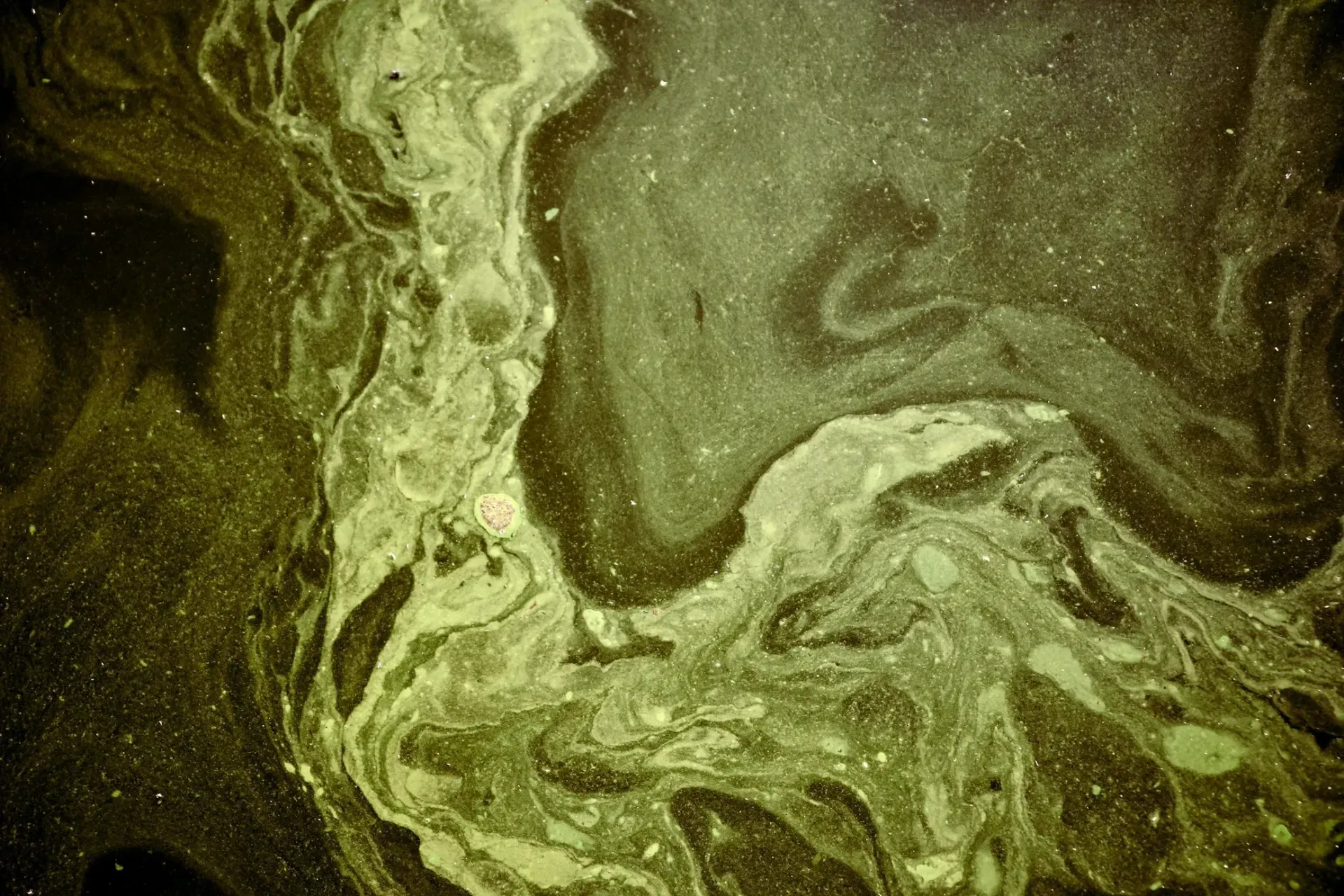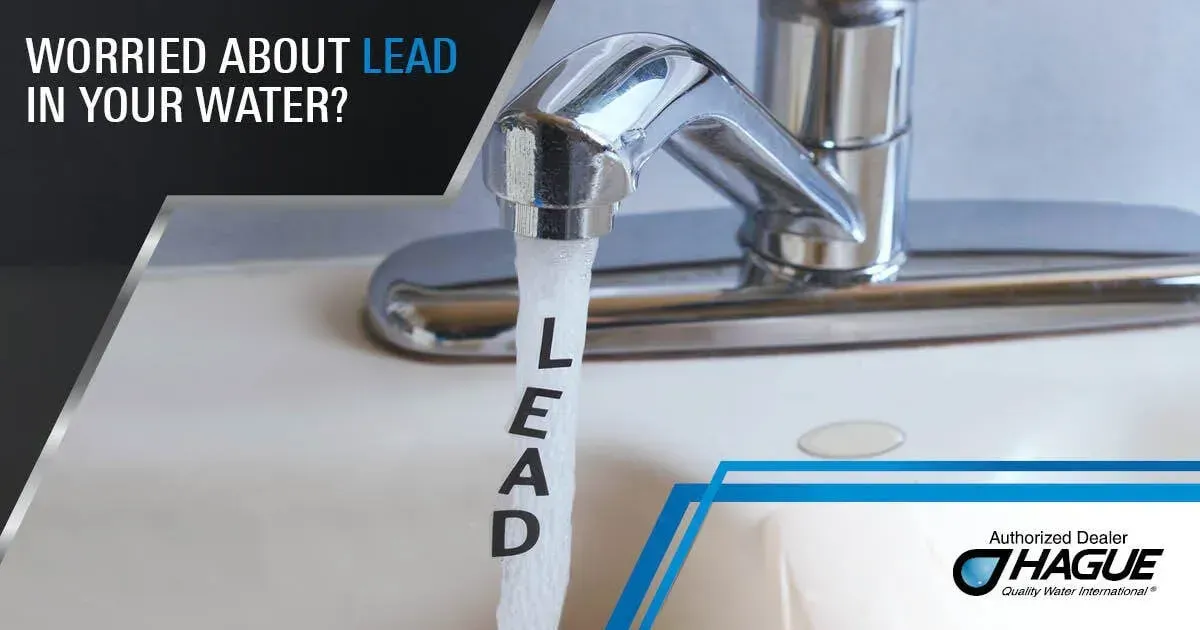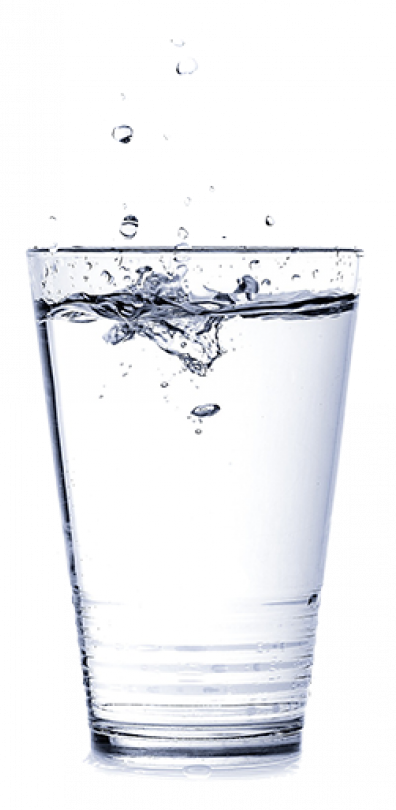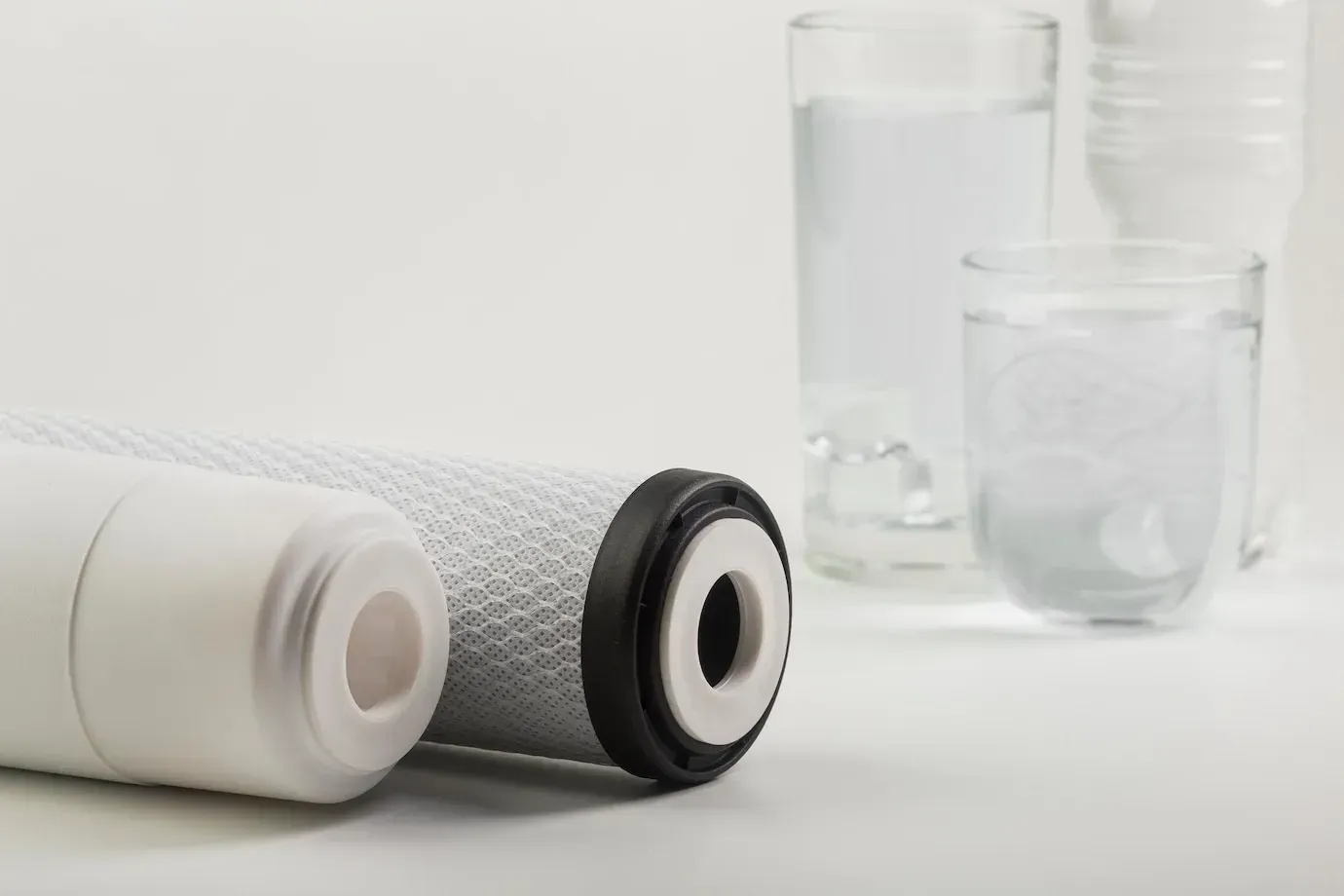
How Do Water Filtration Systems Work?
Have you ever wondered what happens when you turn on your tap and clean, clear water flows out? The journey from source to faucet involves sophisticated filtration systems that work tirelessly to provide safe drinking water. As water becomes an increasingly precious resource, understanding how water filtration works has never been more important.
Water filtration systems work by using physical barriers, chemical processes, or biological methods to remove impurities, contaminants, and harmful substances from water. These systems typically employ multiple filtration stages, each targeting specific types of pollutants, to transform raw water into clean, safe drinking water for your home.
Whether you're concerned about water quality in your home or simply curious about the science behind clean water, this article will walk you through the fascinating world of water filtration. From traditional methods to cutting-edge technologies, we'll explore how these systems protect your family's health while delivering refreshing water straight to your tap.
The Need for Water Filtration
Water from natural sources contains many things we don't want to drink. Dirt, sand, and leaves are just the start. Tiny germs too small to see can make us sick. Chemicals from farms and factories sometimes get into our water. Even minerals that occur naturally can make water taste bad or damage pipes.
Clean water is not a luxury—it's a necessity. Without proper filtration, water can carry diseases like cholera, giardia, and E. coli. It can contain heavy metals like lead and mercury that harm our bodies over time. It might have chemicals that cause cancer or other health problems.
In many towns, water goes through big treatment plants before reaching homes. But these plants don't always remove everything. Plus, water can pick up more bad stuff as it travels through old pipes. That's why many families choose to add their own water filters at home.
Types of Water Filtration Methods
Mechanical Filtration
Mechanical filters work like tiny sieves. They catch solid bits that float in water. The simplest ones use mesh screens or cloth. More complex ones use special paper, ceramics, or fiber mats with very small holes.
These filters come in different sizes. Some catch big things like sand and rust. Others have such tiny holes they can trap bacteria. Most home water filters start with mechanical filtration to remove the bigger stuff first.
You can often tell when mechanical filters need changing because they look dirty or water flows more slowly. Regular replacement keeps these filters working well.
Activated Carbon Filtration
Activated carbon comes from charred coconut shells, wood, or coal. Heat and special chemicals create millions of tiny pores in the carbon. These pores make a huge surface area that traps many harmful things.
Carbon works like a magnet for certain chemicals. It pulls in chlorine, pesticides, and things that cause bad tastes or smells. It works especially well on organic compounds that contain carbon themselves.
However, carbon filters can't remove all contaminants. They don't work well on dissolved minerals, metals, or microbes. That's why they're often used along with other filter types in a complete system.
Ion Exchange
Ion exchange filters are like chemical trading posts. They swap unwanted minerals for less harmful ones. This works especially well for hard water problems.
In water softeners, tiny resin beads hold sodium ions. When hard water flows past, the beads trade sodium for calcium and magnesium – the minerals that cause hardness. This helps prevent scale buildup in pipes and appliances.
Similar systems can remove other unwanted ions like lead, mercury, or arsenic. When the resin beads get full of bad minerals, salt water cleans them so they can work again.
Reverse Osmosis
Reverse osmosis (RO) uses a special membrane with extremely tiny holes. These holes are so small that only water molecules can pass through them. Pressure pushes the water against this membrane.
This method removes up to 99% of dissolved solids, including salt, metals, minerals, and some chemicals. It's one of the most complete filtration methods for home use. Many bottled water companies use reverse osmosis.
The downside is that RO wastes some water during the process. It also removes helpful minerals along with harmful ones. That's why some systems add minerals back after filtration.
UV Purification
Ultraviolet light works like invisible sun rays that kill germs. When bacteria, viruses, and parasites pass through a UV light chamber, the light damages their DNA. This stops them from reproducing or causing disease.
UV purifiers don't remove physical particles or chemicals. They only disable living organisms. That's why they work best as part of a multi-stage system, after other filters have removed solids.
The great thing about UV systems is they don't add chemicals to water. They just use light to make water safer to drink.
Common Home Water Filtration Systems
Pitcher Filters
Pitcher filters are the simplest option for better water. You fill the top with tap water, and it drips through a filter into the bottom part. Most use activated carbon with a bit of ion exchange material.
These filters improve taste and smell. They remove some chlorine and lead. But they don't tackle all contaminants. They work well for renters or people who want an easy, affordable start to water filtration.
Faucet-Mounted Filters
These filters screw directly onto your kitchen faucet. A switch lets you choose between filtered and unfiltered water. Like pitchers, most use activated carbon filters.
Faucet filters give you filtered water on demand without taking up counter space. They're easy to install but may not fit all faucet types. Some slow down water flow quite a bit.
Under-Sink Systems
Under-sink filters hide away in the cabinet but provide powerful filtration. Many use multiple stages, starting with sediment filters, then carbon, and sometimes reverse osmosis.
These systems can handle more water and last longer between filter changes. They often have their own special faucet that sits next to your main faucet. For families serious about water quality, under-sink systems offer good value.
Whole-Home Treatment Systems
Whole-home systems filter all water that enters your house. This means clean water from every tap and for every appliance. They typically connect to your main water line where it enters your home.
These comprehensive systems often combine several methods. A typical setup might include:
- Sediment pre-filters for dirt and rust
- Carbon filters for chemicals and odors
- Water softeners to reduce mineral buildup
- UV purifiers to kill germs
Whole-home systems protect your plumbing and appliances as well as your drinking water. They require professional installation but offer complete protection.
Choosing the Right Water Filtration System
The best system for your home depends on your specific water concerns. Start by understanding what's in your water. Water testing kits can reveal problems, or you can have professionals test your water.
Consider these factors when choosing:
- What contaminants you need to remove
- How much filtered water you need daily
- Your budget for purchase and maintenance
- How much space you have available
- Whether you rent or own your home
Remember that all filters need regular maintenance. Factor in the cost of replacement filters and the time needed to change them.
Get Professional Water Treatment Services
For homes in Central Indiana, Puresoft Water Treatments offers complete water solutions. Their experts serve Westfield, Carmel, Brownsburg, Avon, Plainfield, Martinsville, and Mooresville with professional water testing and treatment options.
Puresoft Water Treatments specializes in water softeners, including whole-home treatment systems that protect every drop of water in your house. Their water filters remove harmful contaminants while preserving beneficial minerals.
Before recommending any system, Puresoft conducts thorough water testing to identify your specific needs. This personalized approach ensures you get exactly the right solution for your family.
Don't leave your water quality to chance. Contact Puresoft Water Treatments today to schedule your free water quality assessment and take the first step toward cleaner, healthier water throughout your home.
